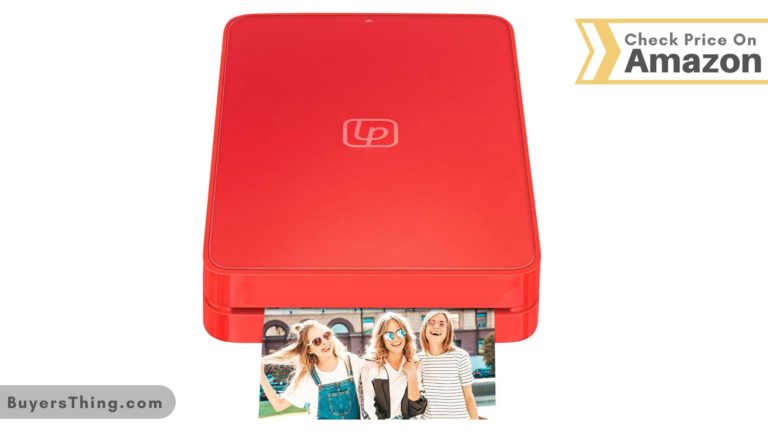
While many of these items offer a similar image quality, the Polaroid Mint landed the top spot because of its ability to perform 50 print jobs on a single charge, which outlasts all other models. They were specifically designed to be compact devices that are just as easily-carried as a smartphone.

Traditional printers are large, bulky things you could never take with you on the go, but these instant printers are a different animal entirely. The images created by this printer are lower in quality than Zink prints in an objective sense, but whereas Zink photos can give off the affect of a malfunctioning printer, Instax photos almost begin to take on an artistic quality with their vignetting and Polaroid-esque fuzziness.
Photobee mobile printer full#
It prints images in an astoundingly quick 12 seconds, and though the pictures take a minute or so to develop outside the printer this feature is still great for sharing many photos at once, since it can continuously produce up to 100 pictures at this pace on a full charge. However, if these features sound interesting you may as well look at analog options such as the Fujifilm Link, which take those abilities even further. These features combined with a picture quality that is satisfactory for many users keeps them in the mix as a reasonable middle-ground choice. These selections tend to take about half as long to print than their dye-sublimation counterparts, and their per shot price comes out to about half the cost as well in many cases. This is because Zink offers two very specific advantages. The color cast and blurriness issues that frequently affect Zink printers may seem unacceptable now that dye-sublimation has established a more significant presence, but we've left a few on our list and even added a more recent model, the Kodak Smile. We decided to remove a few outdated Zink-based printers in order to make room for the Canon SELPHY QX10, Polaroid Hi-Print, and Kodak Mini 3 Retro, all of which are dye-sublimation models that offer sharpness and color reproduction previously relegated to full-size photo printers. As this technology has been further perfected several new printers that utilize it have been released. There are several types of processes used among instant printers, all of which offer certain pros and cons, but dye-sublimation stands out from the others as the clearly superior method in terms of raw image fidelity.

When paired with a smartphone these devices allow you to print photos long after they're taken, create multiple prints of the same image, and even edit and preview pictures before printing them, all of which are features that are hard to replicate with an analog camera. These clever standalone printers produce the same fun, physical novelties, but are much more versatile. The popular resurgence of instant photography has continued to grow, however, not everyone is a photography enthusiast who's willing to carry a bulky Polaroid around their neck.


 0 kommentar(er)
0 kommentar(er)
